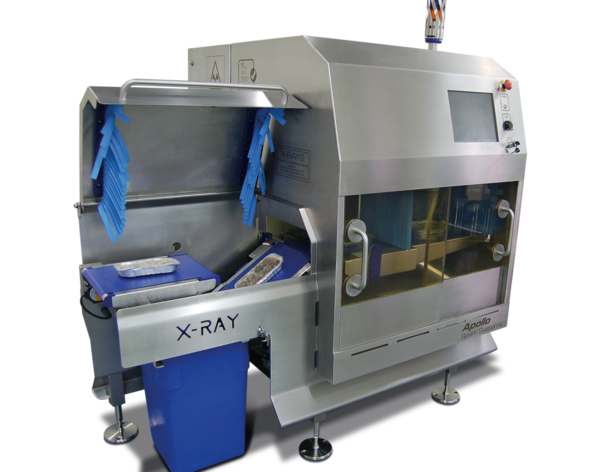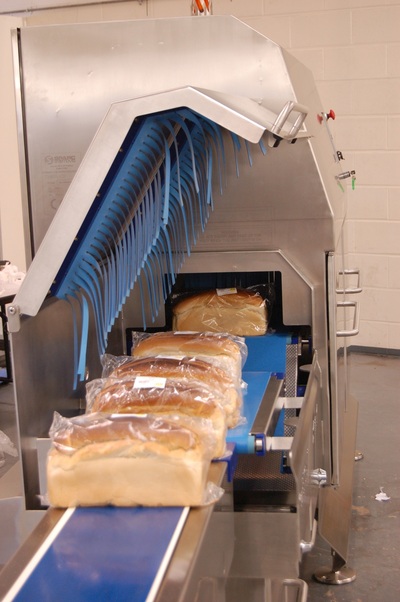X-ray viewing window removes safety fear factor, says Sparc Systems

 Transparency is a watchword in food safety and quality control. So, why are global x-ray food systems closed stainless steel boxes?
Transparency is a watchword in food safety and quality control. So, why are global x-ray food systems closed stainless steel boxes?
At Interpack 2020, Hall 11 / Stand G65, Sparc Systems will unveil its rationale for designing viewing windows on its high-spec food x-ray range and how the removal of stainless steel doors reassures processing operatives.
Safety issues around radiation and dealing with potentially high-voltage components means that many manufacturers steer clear of x-ray inspection systems. Operatives especially fear what they cannot see. To help eliminate this fear factor, Sparc Systems has designed a protective high-density acrylic window on its Apollo (x-ray) and Theia (x-ray and checkweigher combination systems. The result: operatives can literally see up to 200 packs per minute travelling through the system without compromising their personal safety as the x-ray beams are fully contained.
Food debris, product accumulations, bottlenecks etc, are instantly visible. Rather than carrying on unaware, operatives can halt production lines instantly, slide open the doors, clear and clean the conveyor, minimising disruption and reducing the likelihood of product damage.
The concept, highlights Sparc’s European sales manager Charlie Graham, means that every aspect of the product handling is transparent.
He adds: “Having a clear side removes the mystery and fear factor, especially when there’s a stainless steel box with a big radiation sign on the side.”
An additional benefit of this inspection visibility is it negates the need for bulky safety guards.
Rather than using compressed air, Sparc x-rays all feature electric servo drives to facilitate faster inspection and accurate rejection, at the standard 200 ppm. These electric drives are also proven to save food factories £4,000 annually per line. For the combi system, an independent reject mechanism segregates weight rejects, which could be reworked, from contaminated products.
Sparc engineers maintain that a heavier framework reduces vibration, which affects the reliability and performance of x-ray tubes. Rather than using a oil filled radiating system which are prone to leaks or an expensive, energy intensive air conditioning unit, Sparc’s slightly larger x-ray unit also accommodates an air cooled x-ray generator helping to regulate the filament temperature at a constant 30°C.
Built from 6mm thick steel sheeting eliminates the requirement for additional protective lead. And with zero boxed sections, fewer welded joints and drop through conveyors, the accumulation of product residue and water droplets on the units’ underside significantly reduces.
Charlie adds: “The systems we are showcasing at Interpack 2020, are high performance, easy to operate, low energy consumption and most importantly for food manufacturers today offer fully traceable paperless machine testing audits. Quite literally, these are the most transparent machines on the market today.”
Sparc’s full range of machines, including the Apollo (x-ray), Theia (x-ray and checkweigher combi), Cerberus (checkweigher and metal detector combi, and Sentinel (a standalone checkweigher) will be on show at Interpack 2020 (Hall 11 / Stand G65). In the adjacent hall a Sparc Iris x-ray pipeline system will appear alongside the Fortress Technology Pipeline Metal Detector (Hall 12, Stand 60).
